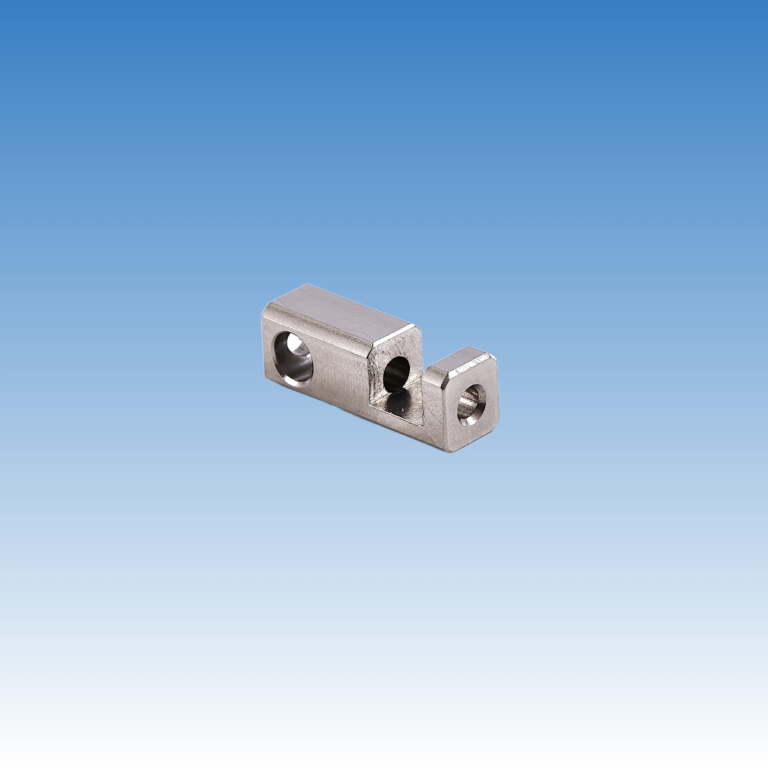Stainless steel fasteners are widely used in industries such as construction, machinery, electronics, automotive, chemical processing, and marine applications due to their excellent corrosion resistance, strength, and durability. However, even stainless steel requires surface treatment to further enhance performance, aesthetics, and longevity—especially when used in harsh environments.
This article explores the most common surface treatment methods for stainless steel fasteners, along with their pros and cons, to help engineers, buyers, and manufacturers select the best solution for their specific applications.
Why Do Stainless Steel Fasteners Need Surface Treatment?
Although stainless steel is inherently resistant to corrosion, it is not completely immune—especially in aggressive environments with high humidity, salt spray, or acidic chemicals. Untreated surfaces may develop rust spots, lose aesthetic appeal, or suffer from reduced fastening performance over time.
Proper surface treatments can offer the following benefits:
- Enhanced corrosion resistance
- Improved surface smoothness and cleanliness
- Reduced friction during installation
- Better torque control and clamping force
- Improved appearance and identification
- Increased wear resistance
Common Surface Treatment Methods for Stainless Steel Fasteners
Ⅰ. Passivation
Process: A chemical treatment that removes free iron from the surface and forms a thin, protective chromium oxide layer (Cr₂O₃).
Advantages:
- Excellent corrosion resistance
- Maintains natural stainless steel color
- No dimensional changes
- Ideal for medical, food-grade, and cleanroom environments
Disadvantages:
- Cannot restore already corroded surfaces
- Limited effectiveness on heavily contaminated or oxidized parts
- No lubrication properties
Best for: Fasteners used in clean, corrosive-sensitive environments like food processing and pharmaceuticals.
Ⅱ. Electropolishing
Process: An electrochemical process that smooths and polishes the surface by removing microscopic peaks and impurities.
Advantages:
- Superior surface brightness and cleanliness
- Increased corrosion resistance
- Deburrs and removes micro-defects
Disadvantages:
- Higher cost
- Not suitable for all shapes or large volumes
- Slight material loss due to surface removal
Best for: Decorative fasteners, medical devices, and high-purity systems.
Ⅲ. Sandblasting / Shot Blasting
Process: High-speed impact of abrasive particles (sand or steel shots) to clean and texture the surface.
Advantages:
- Removes rust, scale, and surface impurities
- Improves coating adhesion
- Enhances anti-loosening properties by increasing surface friction
Disadvantages:
- Rough surface finish
- Not suitable for precision parts
- Potential dust and environmental concerns
Best for: Pre-treatment before coating or painting, heavy-duty industrial fasteners.
Ⅳ. PTFE / MoS₂ Coating (Dry Film Lubricant)
Process: Application of a dry, low-friction coating such as polytetrafluoroethylene (PTFE) or molybdenum disulfide (MoS₂).
Advantages:
- Reduces friction and galling
- Improves torque-tension control
- Color-coded coatings for part identification
Disadvantages:
- Coating can wear off after repeated use
- Limited corrosion protection if coating is damaged
- Not ideal for high-temperature environments
Best for: Assembly lines requiring consistent torque, reusable fasteners, and threaded joints.
Ⅴ. Nickel or Zinc Plating
Process: Electroplating a thin layer of nickel or zinc to enhance appearance and corrosion protection.
Advantages:
- Improved corrosion resistance
- Aesthetic appeal (bright silver or bluish tone)
- Uniform coating thickness
Disadvantages:
- Risk of coating flaking after repeated use
- Possible interference with thread fit
- Zinc coatings are not food-grade or RoHS-compliant in some cases
Best for: Fasteners in moderately corrosive environments, indoor or decorative use.
Ⅵ. Black Oxide (Blackening)
Process: Chemical conversion coating that forms a black iron oxide layer on the surface.
Advantages:
- Uniform black finish
- Slight improvement in corrosion resistance
- Reduced light reflection
Disadvantages:
- Requires post-treatment with oil or wax to maintain corrosion resistance
- Moderate wear and abrasion resistance
- Not suitable for highly corrosive environments
Best for: Electronics, military, or aesthetic applications where low reflectivity is needed.
How to Choose the Right Surface Treatment?
Choosing the right surface treatment for stainless steel fasteners depends on multiple factors such as the operating environment, mechanical requirements, visual appearance, and cost considerations. Here's a quick comparison guide:
| Application Scenario | Recommended Treatment | Reasons |
| Marine / Chemical Industries | Passivation, Electropolishing | Superior corrosion protection |
| Precision Torque Control | PTFE / MoS₂ Coating | Reduced friction and accurate tensioning |
| Aesthetic or Visible Fasteners | Electropolishing, Nickel Plating | Enhanced brightness and surface finish |
| Industrial Equipment | Sandblasting, Black Oxide | Cost-effective and functional |
| Budget Constraints | Zinc Plating, Sandblasting | Economical options with moderate protection |
Conclusion
Although stainless steel fasteners are already corrosion-resistant, applying the appropriate surface treatment significantly enhances their performance, durability, and appearance. Each method—whether it's passivation, electropolishing, lubricating coatings, or plating—has its specific benefits and trade-offs.
By understanding the advantages and disadvantages of each process, engineers and buyers can make informed decisions based on the functional needs of their application and cost-effectiveness.


